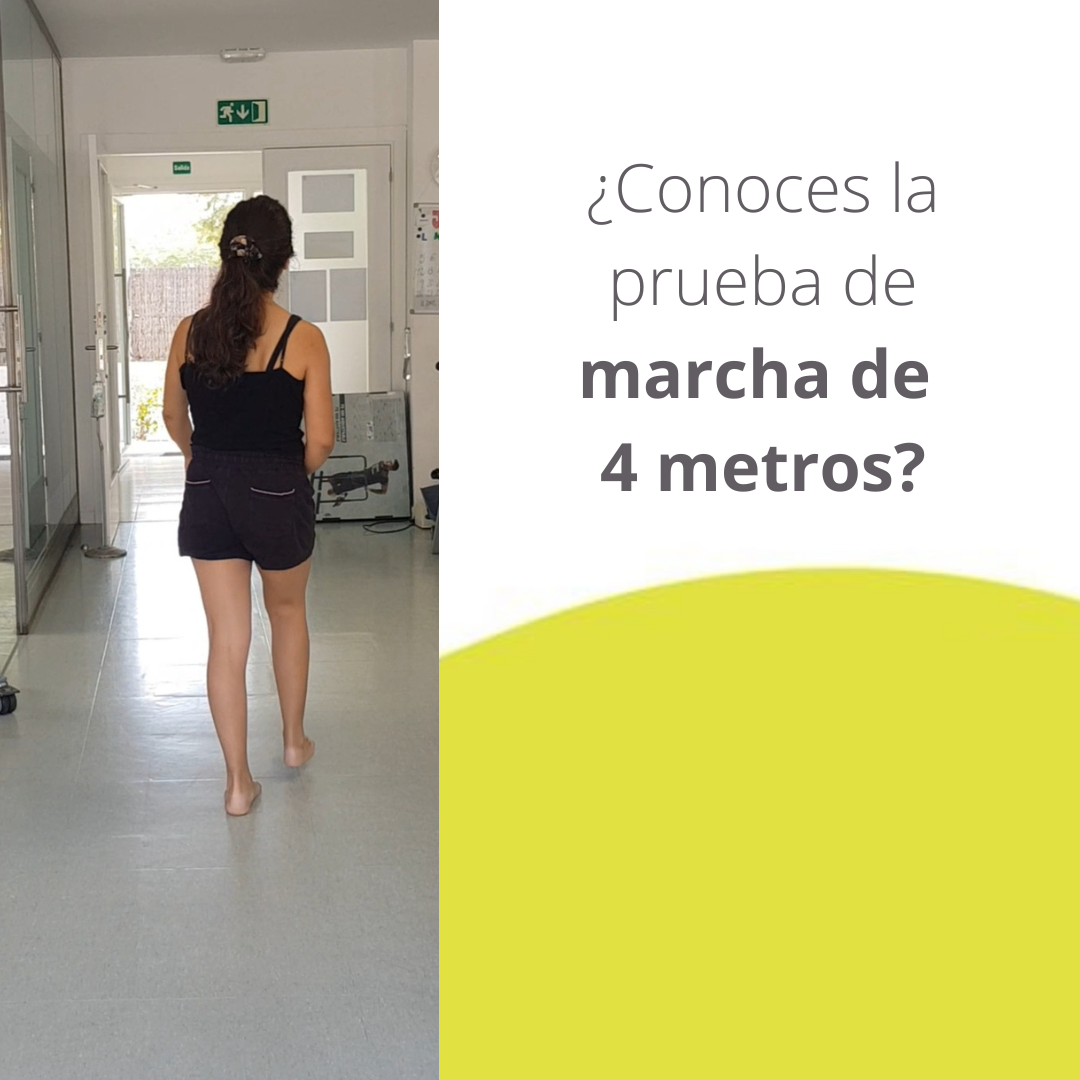
Importance of studying people with stroke
We already know stroke or cerebrovascular accident is the most common cerebrovascular disease in the adult population. And with a high incidence rate. Most people who suffer a stroke are left with sequelae, many of them related to the sensory and motor component of the human body. That is, related to sensitivity (eg: tingling) and movement (eg: muscle paralysis).
Assessment of the sequelae of stroke
People who have suffered a stroke, and who have a physical impairment, are usually visited by a physiotherapist. The physiotherapist is in charge of assessing the current physical condition and establishing a therapeutic action plan.
One of the ways to assess people who have suffered a stroke is through an examination of sensation and movement. But accompanied by this assessment there may be tests and scales validated on purpose for this purpose.
10-meter walk test
One of the most used tests to measure how a person with stroke walks, is the 10-meter Walk Test (10mWT). On this test, you can find different guides but the most common is to count the time and the number of steps that the patient takes while walking 6 meters in a 10-meter corridor.
In clinical practice, for physiotherapists, it is difficult to find a 10-meter corridor free of distractions or obstacles, which is why it is important to find and study variants of it. One of the more reliable variants of the 10-meter Walk Test is the 4-meter Walk Test. This test consists of counting the time it takes the patient to walk a 4-meter corridor having an extra meter of acceleration and another additional meter at the end of deceleration and braking.
4-meter walk test
A study of the reliability of the 4-meter Walk Test and its correlation with other measurements that are usually made in people with sequelae of Ictus has recently been published. The study is titled “Evaluation of the test-retest test-retest reliability of the 4-meter walk test and its correlation with the five sit-to-stand test in chronic ambulatory stroke survivors”. It was carried out in Barcelona, specifically by researchers from the International University of Catalonia in Sant Cugat del Vallés.
To consult the scientific article of the study, see the following link: https://www.sciencedirect.com/science/article/abs/pii/S0966636223000140
